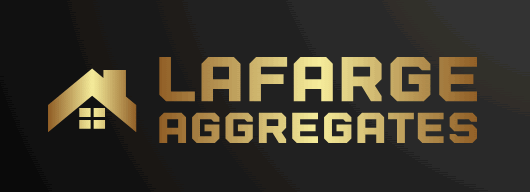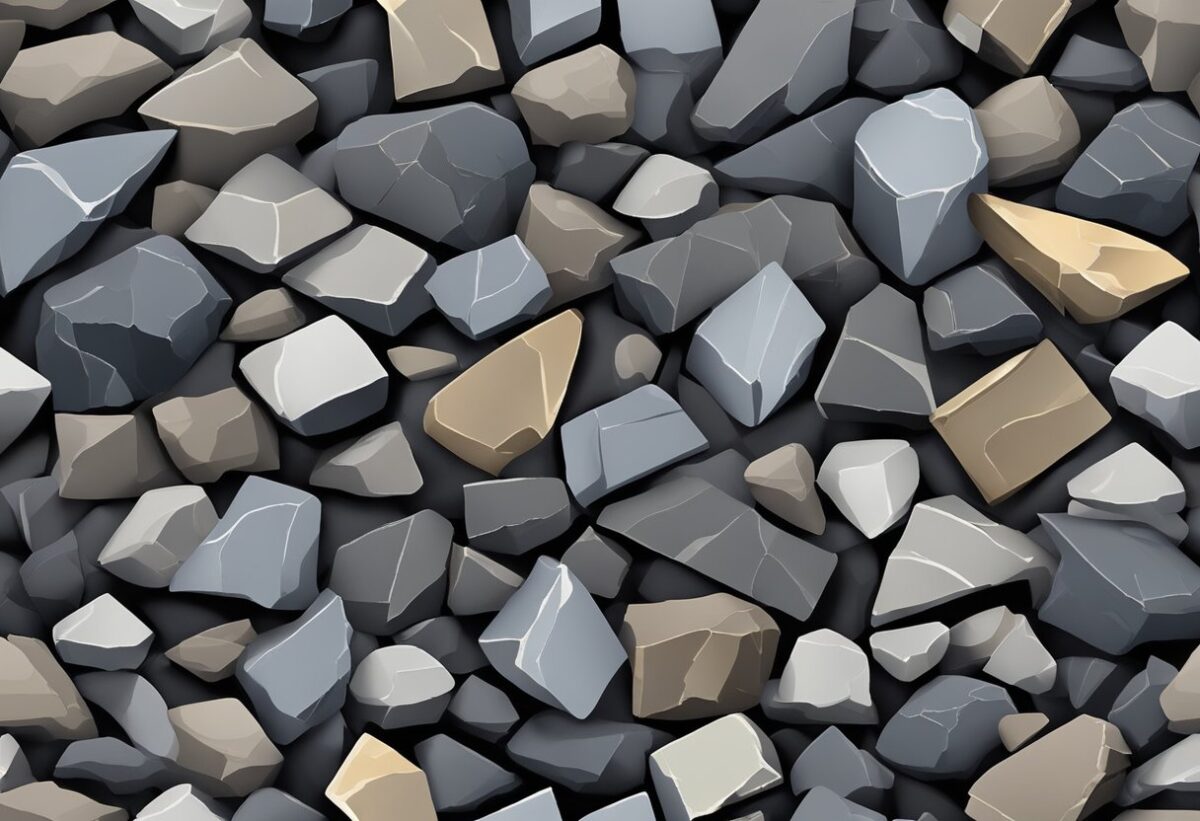When selecting the right roofing aggregates for your property, you’re faced with a range of materials each offering distinct features and benefits. Slate chips, limestone, and gravel are popular choices, and understanding their differences can be the key to a roof that suits your aesthetic tastes, withstands local weather conditions, and fits within your budget.
Each material – be it the slate chippings with their varied shades and weed suppressing qualities, the durable and classic appeal of limestone, or the versatile and economical nature of gravel – brings its unique set of properties to the table. Your choice can impact not just the appearance, but also the longevity and maintenance level of your roof.
It’s important to compare these materials side by side: consider the climate in your area, the style of your home, and how the material can influence the roof’s functionality. Whether you favour the low maintenance of slate, the customisation options limestone offers, or gravel’s ease of installation, your decision will play a crucial role in the protection and enhancement of your property.
Basics of Roofing Aggregates
Before choosing the right material for your roof, it’s crucial to understand the role roofing aggregates play and the various factors that might affect your choice.
Importance of Roofing Aggregates
Roofing aggregates are materials applied on top of coating products to protect your roof’s surface. Whether you opt for slate chips, limestone, or gravel, these aggregates add a layer of durability against the elements and can significantly extend the life of your roof. They serve as a barrier against UV rays, weathering, and mechanical damage, ensuring your roof remains intact for years.
Factors Influencing Aggregate Choice
Your selection of aggregates is influenced by several practical considerations. The weight of the material can impact the structural support your building requires; slate is typically heavier than gravel, for instance. Local climate is equally important – certain aggregates perform better in specific weather conditions. Lastly, the colour and aesthetics of your chosen aggregate can complement your property’s exterior, with slate providing a more natural appearance. Additionally, cost can be a deciding factor – slate is generally more expensive than gravel but offers a distinct, timeless look.
When you’re prepared to select the appropriate aggregate, remember that each option has its merits tailored to different requirements and aesthetic tastes.
In-Depth Comparison
When you’re choosing roofing aggregates, you need to consider factors like durability, cost, and aesthetics. This section offers a focused look at the pros and cons of slate chips, limestone, and gravel.
Slate Chips Pros and Cons
Pros:
- Durability: Slate chips are renowned for their longevity and resilience, often surviving extreme weather conditions.
- Aesthetics: They provide a sophisticated look with their unique textures and colours, enhancing the appearance of your roof.
Cons:
- Cost: While offering aesthetic appeal, they can be more expensive than some other aggregates.
- Weight: Slate is heavier, potentially requiring additional reinforcement of your roof structure.
Limestone Advantages and Limitations
Advantages:
- Versatility: Limestone comes in various colours and can be cut to different sizes, tailored to your specific roofing needs.
- Reflectivity: It can reflect sunlight, which might help in reducing attic temperatures and lowering energy costs.
Limitations:
- Acid Sensitivity: Limestone can be damaged by acidic rain, which may require more maintenance or replacements.
- Consistency: Finding a consistent supply can be challenging, depending on your location.
Gravel Benefits and Drawbacks
Benefits:
- Cost-Effectiveness: Gravel is generally more affordable and accessible, suitable for budget-conscious projects.
- Simple Installation: It’s easier to install and can be a do-it-yourself project for smaller scale work.
Drawbacks:
- Maintenance: Over time, it might scatter, necessitating periodic topping up or regrading to maintain coverage and effectiveness.
- Variability: Some types may compress or break down quicker than others, leading to inconsistent coverage.
Installation and Maintenance
When it comes to the installation and maintenance of roofing aggregates, your choice of materials – slate chips, limestone, or gravel – can have a significant impact on the process and the long-term upkeep of your roof.
Installation Considerations
For slate chips, you need to ensure your roof structure is robust enough to support their weight, as they’re quite heavy. Professional installation is crucial because slate requires a skilled approach to fitting. Slate roof tiles require precise placement and may need additional reinforcement of the underlying structure, potentially increasing cost.
In contrast, limestone and gravel are lighter and typically easier to handle during installation. However, they still necessitate careful planning regarding water runoff and drainage to prevent future issues. It’s important to achieve a balance, using materials that are not too light to be carried away by the wind, yet not so heavy as to strain your roof structure.
Maintenance Requirements
Once installed, your roofing aggregates will have different maintenance requirements. Slate, renowned for its longevity, usually needs minimal maintenance, though you should regularly check for broken or slipped slates to avoid water ingress.
For limestone and gravel, the maintenance is slightly more hands-on. These materials should be inspected for debris or accumulation of leaves, which could block drainage areas, more frequently. Limestone can also be prone to algae growth, so it may require periodic cleaning to maintain its appearance.
Remember, proper maintenance not only keeps your roof looking its best but also extends its life, protecting your home for years to come.
Cost and Longevity
When selecting roofing aggregates, it’s essential to weigh up both the initial cost and the longevity of the materials to ensure you’re getting the best value for your investment.
Cost Comparison
- Slate Chips: A premium option, slate chips come at a higher price due to their natural appearance and durability. You can expect to pay between £80-£100 per bulk bag for 20mm slate chippings, not factoring in installation costs.
- Limestone: Limestone is often less expensive than slate but offers a different aesthetic. The exact price can vary based on type and quality.
- Gravel: This is typically the most budget-friendly option and is widely available, but prices can fluctuate depending on size and type of gravel used.
Longevity and Durability
- Slate Chips: They’re known for their long-term durability, lasting upwards of 50 years with proper installation and maintenance. According to the SSQ Group, natural slates can have a total life-cycle cost of 84p per metre.
- Limestone: Limestone aggregates boast a considerable lifespan but may not match slate’s resistance to the elements.
- Gravel: While it’s durable, gravel can displace over time and may require more frequent top-ups to maintain its appearance and function.

